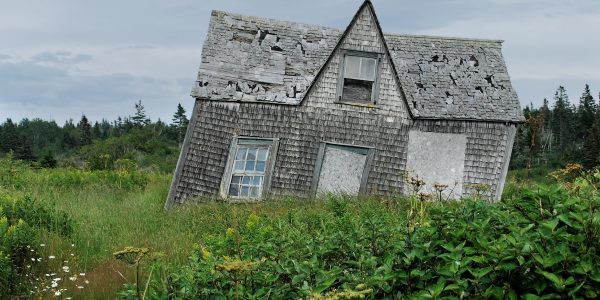Can you spot subsidence?
Insurers hate this problem and will almost always increase your excess…even years after the issue has been resolved.
What is subsidence?
Subsidence occurs when the ground underneath your home collapses or sinks. This cause your home to sink with it and puts strain on the support and structure of the house.
What causes subsidence?
This problem is caused by a variety of issues, covering both natural and man-made.
- Trees and shrubs removing moisture from the soil. Trees and shrubs close to your home will absorb the water out of the soil (usually clay soil) which causes the soil to dry out and shrink.
- Climate/weather – Weather changes can cause subsidence by altering the ground beneath your property. Wet weather causes soils to expand due to the extra moisture it absorbs. The drier seasons cause the soils to lose moisture, dry up and shrink. The constant change makes the soil underneath your home unstable.
- Leaking or damaged drains – Leaks in the drain pipes underneath your home will allow water to escape into the soils underneath your home. As mentioned above, clay soil will expand when absorbing extra moisture. There will also be areas with sandy soil which isn’t as strong as clay soil. This makes it more prone to being weakened and/or washed away which causes the foundations to subside.
- Mining activity – Houses may be built on top of areas that have previously been used for mining. This will have made the earth weaker or hollow and causes the ground to move downwards and property foundations to sink. There are still ongoing coal mining activities in the UK which may cause damage.
How to spot subsidence?
There are a few different signs of subsidence that you can look out for:
- Cracks along the walls – This is the main sign of subsidence (although subsidence is not the only cause of cracks appearing in your home). Cracks caused by subsidence are usually more than 3mm, diagonal and wider at the top, visible internally and externally and found close to doors and windows.
- Windows and doors jamming/sticking – Windows and doors may be difficult to operate. They may jam and stick when trying to open them and cracks may appear on the surrounding wall.
- Wallpaper crinkles and ripples at the joint – If the wall is covered by wallpaper then cracks will not be visible. Instead, the cracks underneath will cause the wallpaper to ripple and tear.
What to do next
Remedies and prevention can be wide ranging:
- Trees and shrubs may have to be removed.
- Drains may need to be repaired. Make sure your drains are inspected on a regular basis.
- Mining and/or Weather. You may need to underpin your property which involves laying an extra foundation beneath your home.

